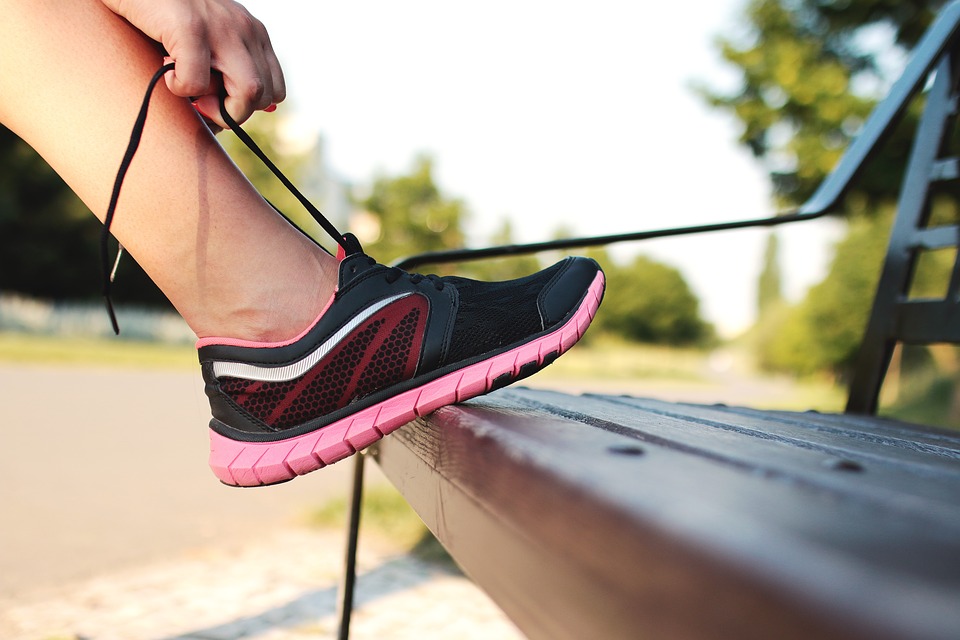By Jeff Sheppard 05 Aug 2019 no comment 1132 Views
As musculo-skeletal experts, chiropractors treat sore feet, sore joints, plantar fasciitis, and the numerous aches and pains that can result from a spine out of alignment. Laser therapy is very effective for many foot problems.
You can help to protect your musculo-skeletal system by wearing supportive footwear. Good shoes cushion the impact of your feet on the ground, support your foot and ankle, and minimize strains on your body.
Minimize the amount of time you spend wearing flip-flops, high heels, or cheap “fashion” footwear that doesn’t support your feet.
Flip-flops do have a place: lounging on the beach, using communal showers, or putting something on your feet to take out the trash. Their place is not on long walks, running errands, or while exercising. When you are active, your feet need support to help prevent strain and injury.
In summary, a quality shoe is worth the investment. But just because a shoe is expensive doesn’t mean it will support your feet.
Try these four tests to see if a shoe is a supportive shoe
First, put one hand on the toe of your shoe. Put the other hand on the heel. Twist. A good shoe will be firm, and you will feel resistance. If the shoe twists easily (like you can “wring it out”) it will not properly support your feet.
Secondly, try to fold the shoe in half. A good shoe will bend at the ball of the foot (the widest part). A good shoe won’t flex very much in the middle, where your arch is.
Thirdly, squeeze the back of the shoe, where your heel goes. This area should feel stiff, like it can hold your heel in place. If it’s floppy or bendy, it won’t support your heel. You should not be able to squeeze the two sides together. Also, you should not be able to push the back part that rests against the heel, down into the shoe itself.
Finally – does the shoe fit properly? A shoe that is too big or too small won’t support your foot the way it ought to. Always try on shoes in the store, and don’t expect them to stretch, particularly if they are made of materials other than leather.
Note that it is not unusual for one foot to be up to a whole shoe size larger than the other. Buy shoes for the larger foot. Liners or orthotics can help the smaller foot to fit properly in its shoe.
Also note that feet change size as you age. Don’t get too attached to a number that is “your size.” It’s more important that the shoe fit correctly.
If you’re having problems with sore feet, aching joints, or back pain, contact Sheppard Chiropractic Centre at (506) 635-8182 or (506) 847-7172 to schedule an appointment. We also do custom orthotics.

